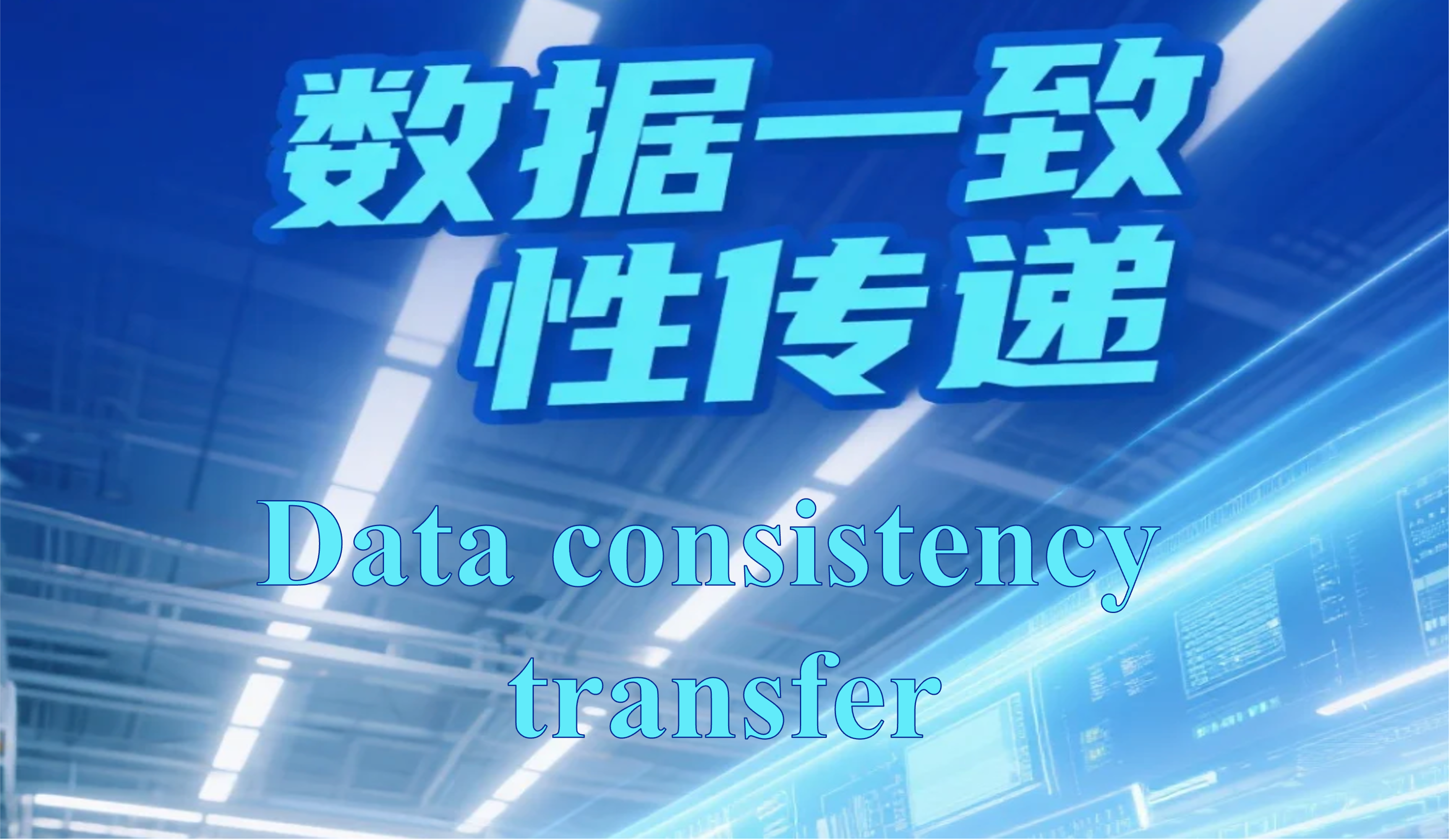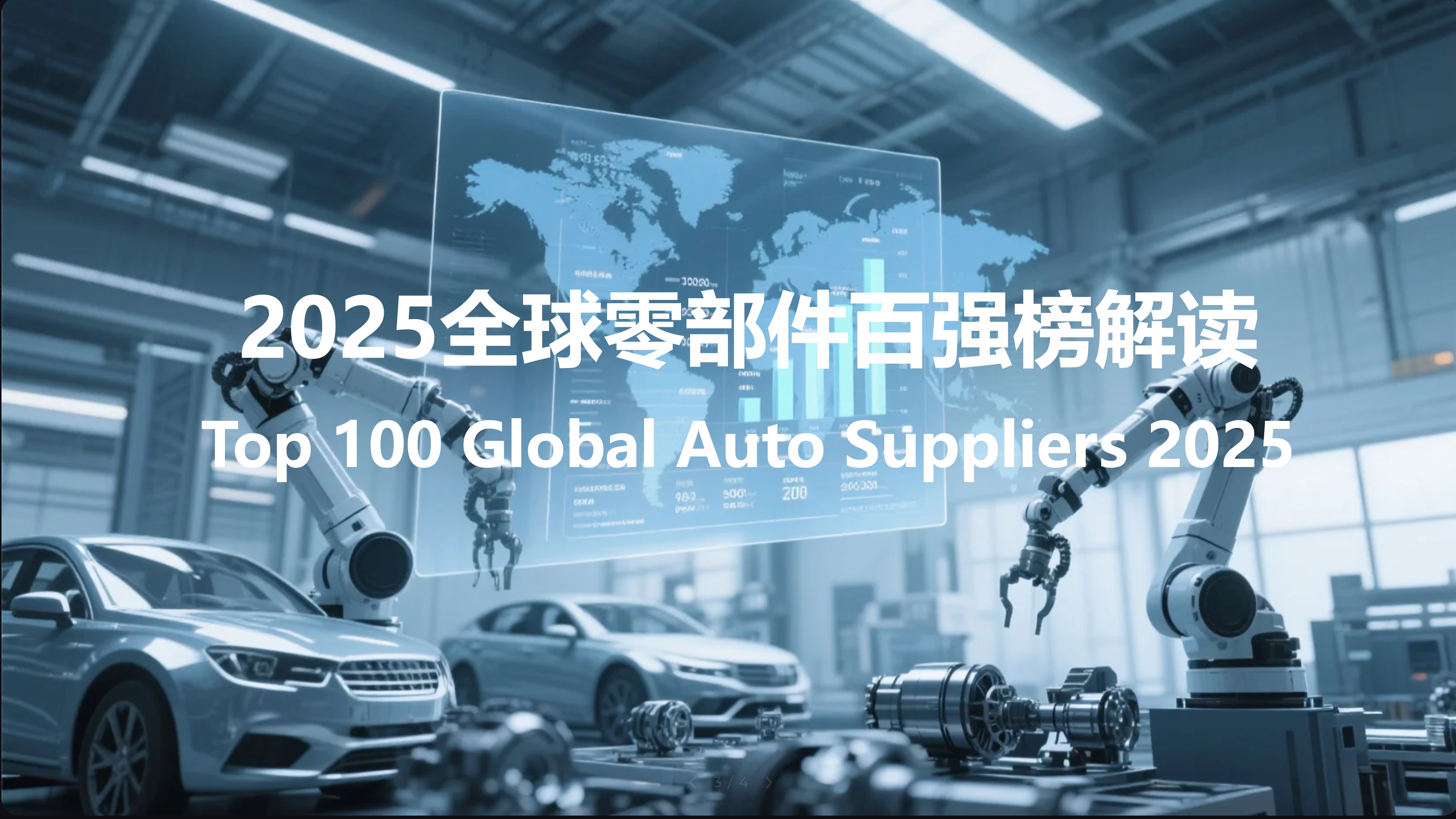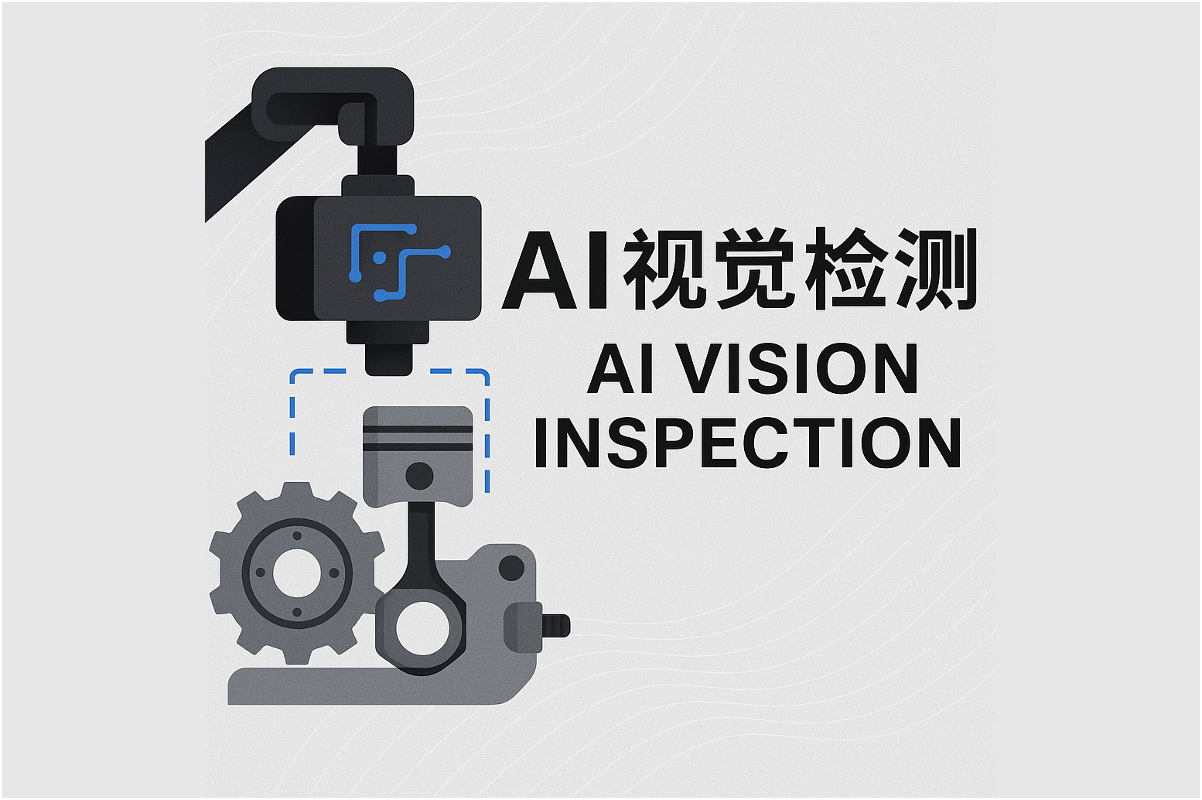In today’s wave of intelligent manufacturing, quality control in automotive parts assembly faces numerous challenges. Traditional methods can no longer meet the modern industrial demands for high efficiency, high precision, and low cost. The standardized application of AI vision inspection technology is rapidly becoming a critical step for automotive manufacturers in their digital transformation journey.
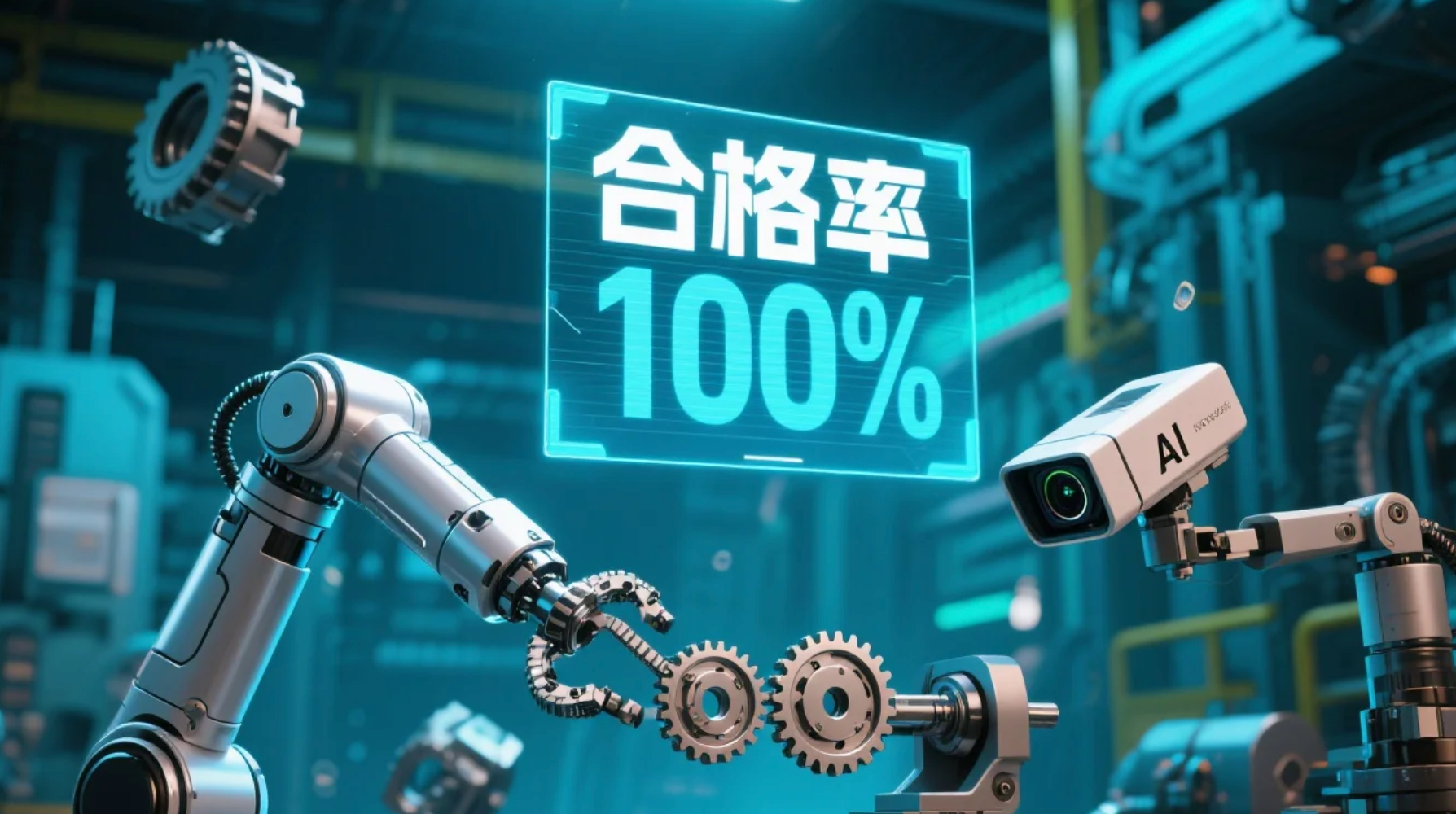
Automotive Parts Assembly: A Key Process with Persistent Pain Points
As a highly integrated mechanical product, a car contains tens of thousands of components. The assembly process directly affects the vehicle’s performance, durability, and safety. In real-world production, manufacturers often encounter the following challenges:
Heavy Reliance on Manual Inspection
Repetitive tasks cause operator fatigue and lead to subjective inconsistencies, resulting in high rates of missed and false detections.
Complex and Varied Assembly Defects
Issues such as missing parts, incorrect orientation, misalignment, or insufficient tightening are difficult to cover with rule-based systems, and traditional vision technology struggles to adapt.
Lack of Standardized Processes
Even when vision systems are introduced, differences in detection logic, model deployment, and operator skill create inconsistencies—making standardized implementation difficult.
Data Silos and Poor Traceability
Conventional assembly and inspection data are often isolated from MES or ERP systems, hindering efficient analysis and traceability.
AI Vision Standardized Operations: Making Intelligent Supervision a Reality
AI vision standardized operations refer to the establishment of a unified AI vision platform and standardized workflows to achieve automated, visualized, replicable, and traceable supervision of the assembly process. Core components include:
Model Standardization
Common defects across assembly scenarios are trained with image datasets. Unified classification and labeling standards enable transferable general-purpose models.
Workflow Standardization
Consistent detection workflow templates are defined, including camera angle setup, lighting arrangements, image capture triggers, and decision logic—to eliminate human variability.
Interface & Operation Standardization
A unified Human-Machine Interface (HMI) allows personnel with no AI background to deploy, configure, and monitor the system easily.
Data Integration & Closed-Loop Management
Inspection data is integrated into MES/QMS systems in real-time, forming a full closed-loop from assembly to detection, analysis, and traceability.
How AI Vision Addresses Assembly Inspection Challenges
Pain Point | AI Vision Standardized Solution |
High rates of missed/false detections | Deep learning models detect complex defects with higher accuracy |
Diverse defect types | Supports unified identification and classification of various defects |
High training cost for inspectors | Simplified UI and platform lower the technical entry barrier |
Lack of data for analysis | Auto-generation of inspection records enables full traceability |
Difficult cross-workshop deployment | Modular, scalable system allows one-click deployment and replication |
Five Key Advantages of AI Vision Standardized Operations
High Accuracy & Stability
AI algorithms detect subtle defects that traditional systems miss, improving consistency.
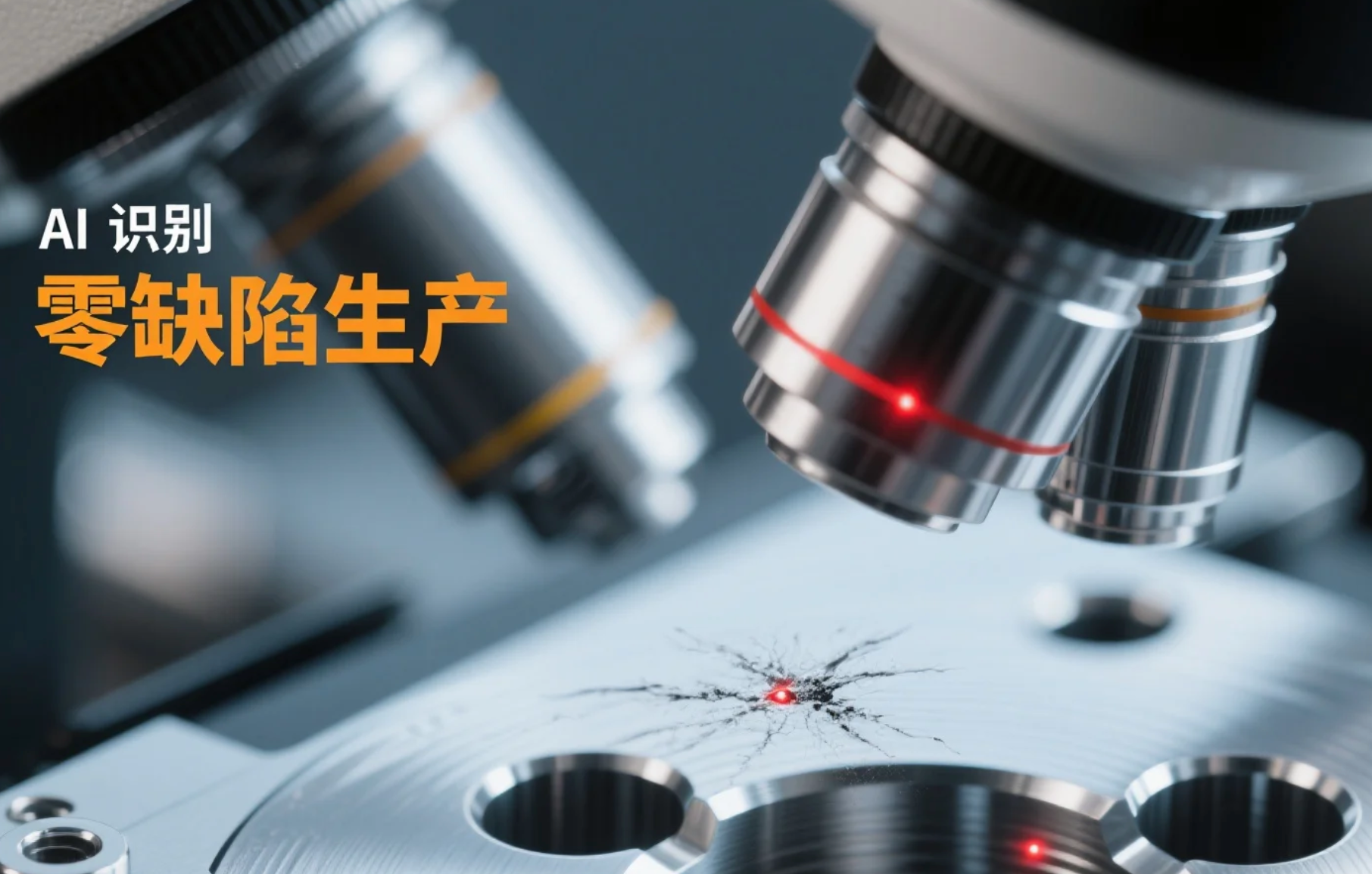
Rapid Deployment & Scalability
Modular design enables quick replication across different stations or workshops.
Reduced Labor Costs and Human Error
Minimizes manual intervention, lowers training costs, and avoids subjective misjudgments.
Seamless Integration with Smart Manufacturing Systems
Supports MES, PLC, and cloud platform integration for closed-loop control and cloud-based data management.
Data Accumulation for Quality Optimization
Builds a comprehensive defect image library and trend analysis model to drive product and process improvements.
The Future is Here: Redefining Assembly Quality with AI
The quality of automotive parts assembly directly impacts overall vehicle performance. Traditional manual inspection is no longer sustainable in terms of precision, efficiency, or standardization. AI vision standardized solutions—combining deep learning with industrial vision, and integrating platform deployment with operational workflows—are ushering in a new era of intelligent quality supervision.
In a highly competitive market, those who master AI-powered automated inspection and standardized operations will hold the key to high-quality, low-cost manufacturing.
Start Now! Improve Order Delivery Efficiency Immediately!
Contact us and explore order delivery efficiency improvement with LinkedData digital transformation experts.
Request a Demo
 0510-8521 1230
0510-8521 1230
